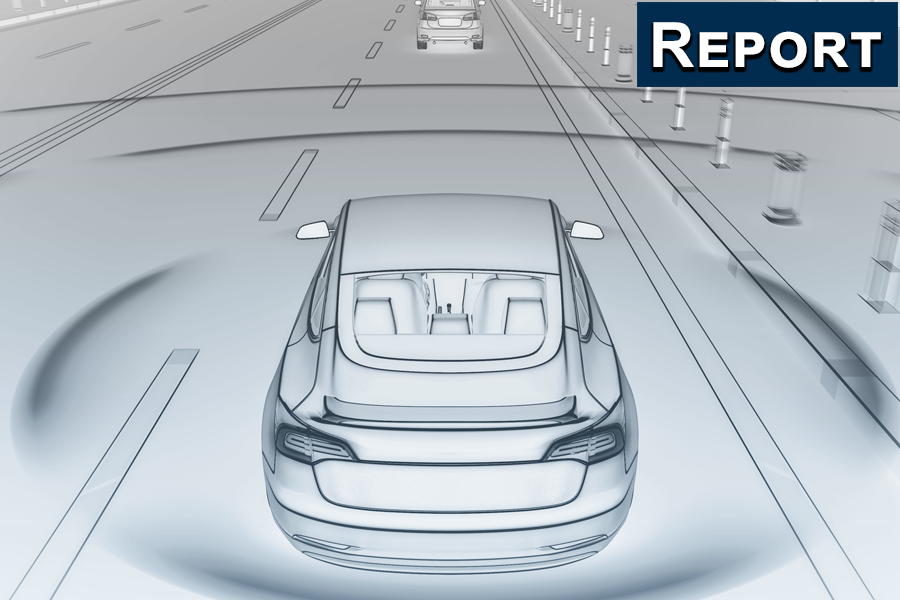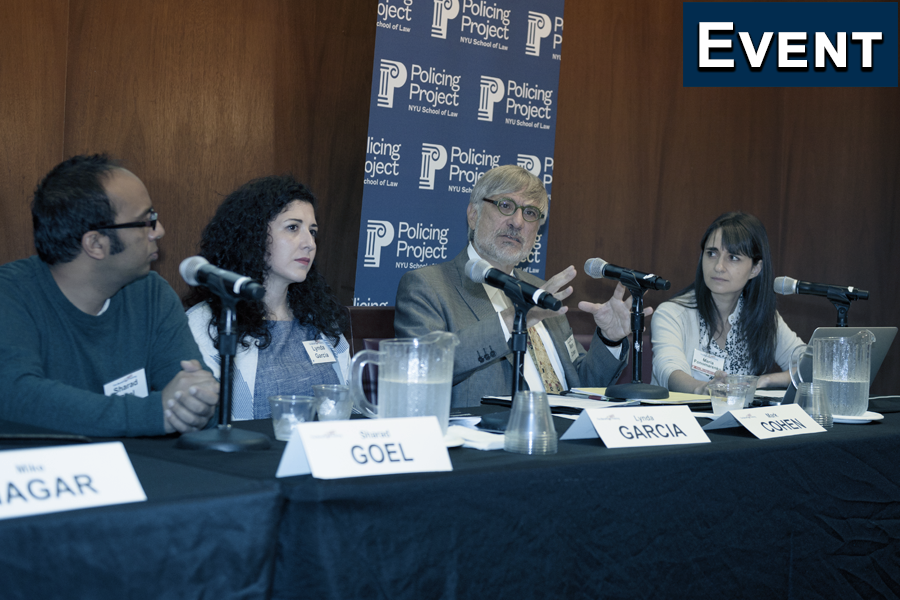Collecting, Analyzing, and Responding to Stop Data
A Guidebook for Law Enforcement Agencies, Government, and Communities
Overview
Police officers in the United States conduct tens of millions of vehicle and pedestrian stops each year, making the stop a key element of modern law enforcement and the most common interaction that members of the public have with officers. But despite the prominence of stops, there is much we still do not know about them, including their efficacy in achieving public safety and their impact on the public.
For one, although many agencies use stops as a crime-fighting tactic, the evidence that they effectively reduce crime is mixed, especially when balanced against how much officer time is spent making routine stops. Second, a wealth of research indicates that vehicle stops and pedestrian stops disproportionately burden communities of color, low-income individuals, and rural residents. Third, stops can be used pretextually to enable other law enforcement activities—such as obtaining consent to search—and this broad-level officer discretion requires data-informed oversight to prevent and identify abuse. Finally, the operational realities of stops, particularly vehicle stops, pose dangers both to those stopped and to law enforcement officers.
Collecting and analyzing stop data can shed light on all of these issues. Unfortunately, stop data collection is not the norm across the country. This guidebook, written by researchers from the Policing Project at New York University School of Law and the Center for Policing Equity, aims to help change this status quo. It builds on prior recommendations that every law enforcement agency collect demographic stop data by providing concrete, step-by-step guidance to develop a comprehensive and accurate data collection system that does not unnecessarily burden law enforcement.
Key Takeaways
1). Presently, approximately only 20 states require data collection on vehicle stops, and even those requirements vary widely. Even in states where these data are collected, many agencies store data in ways that make it difficult—if not impossible—to standardize and analyze, which in turn makes it difficult to identify patterns of behavior and inform changes to policy or practice.
2). Stop data can be used to examine and improve law enforcement policies and practices, as well as help assess whether resources can be directed in more fruitful ways. Stop data can allow agencies to assess the existence of racial disparities and use findings to acknowledge and respond to what is and is not within their control.
3). All law enforcement agencies conducting stops should collect stop data—including specialized units. While agencies have options when it comes to data collection methods (paper form, handheld mobile device, mobile data computer), it is critical that data be complete and accurate; be subject to robust analysis; and be shared with the public in a way that is contextualized and easy to understand.











